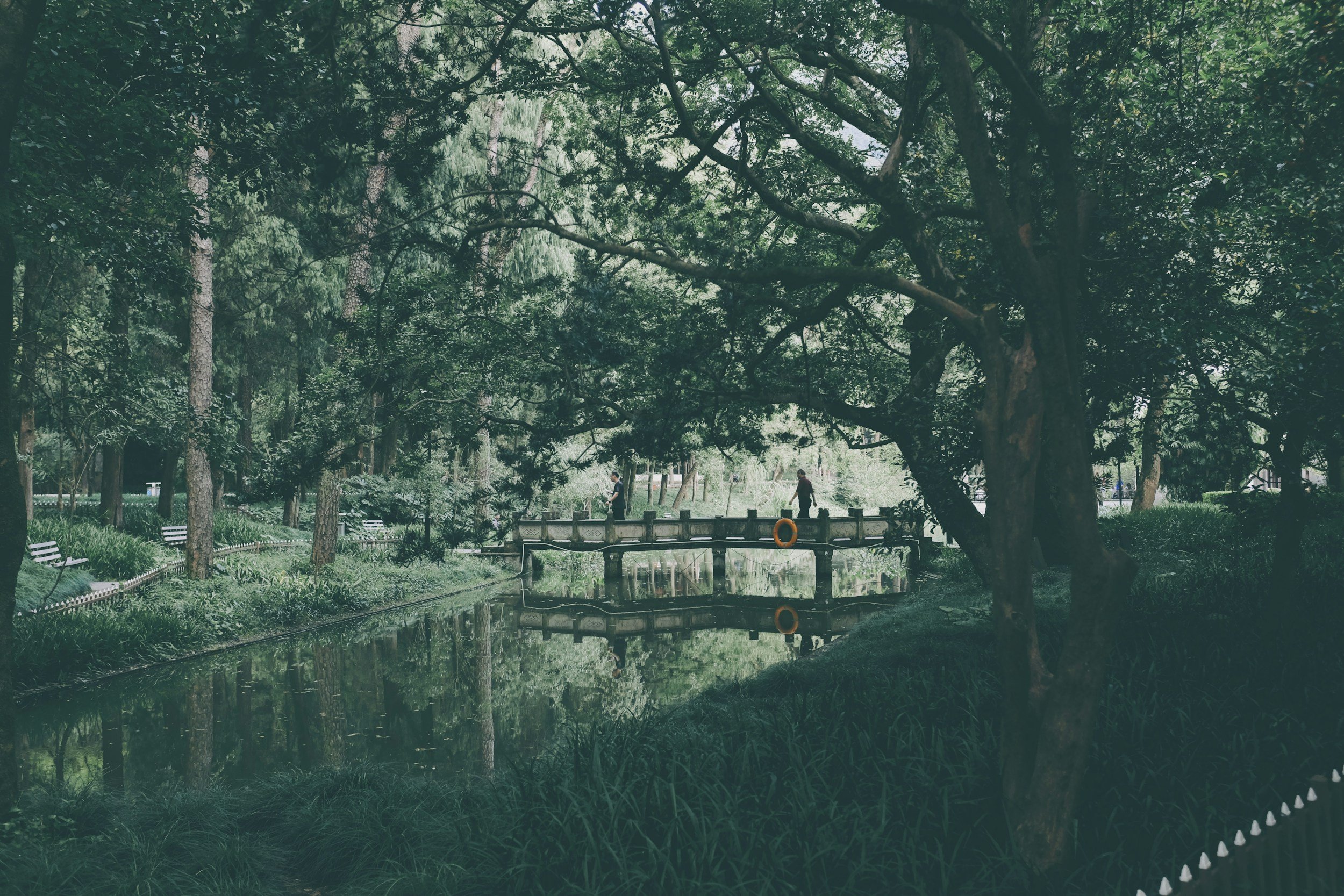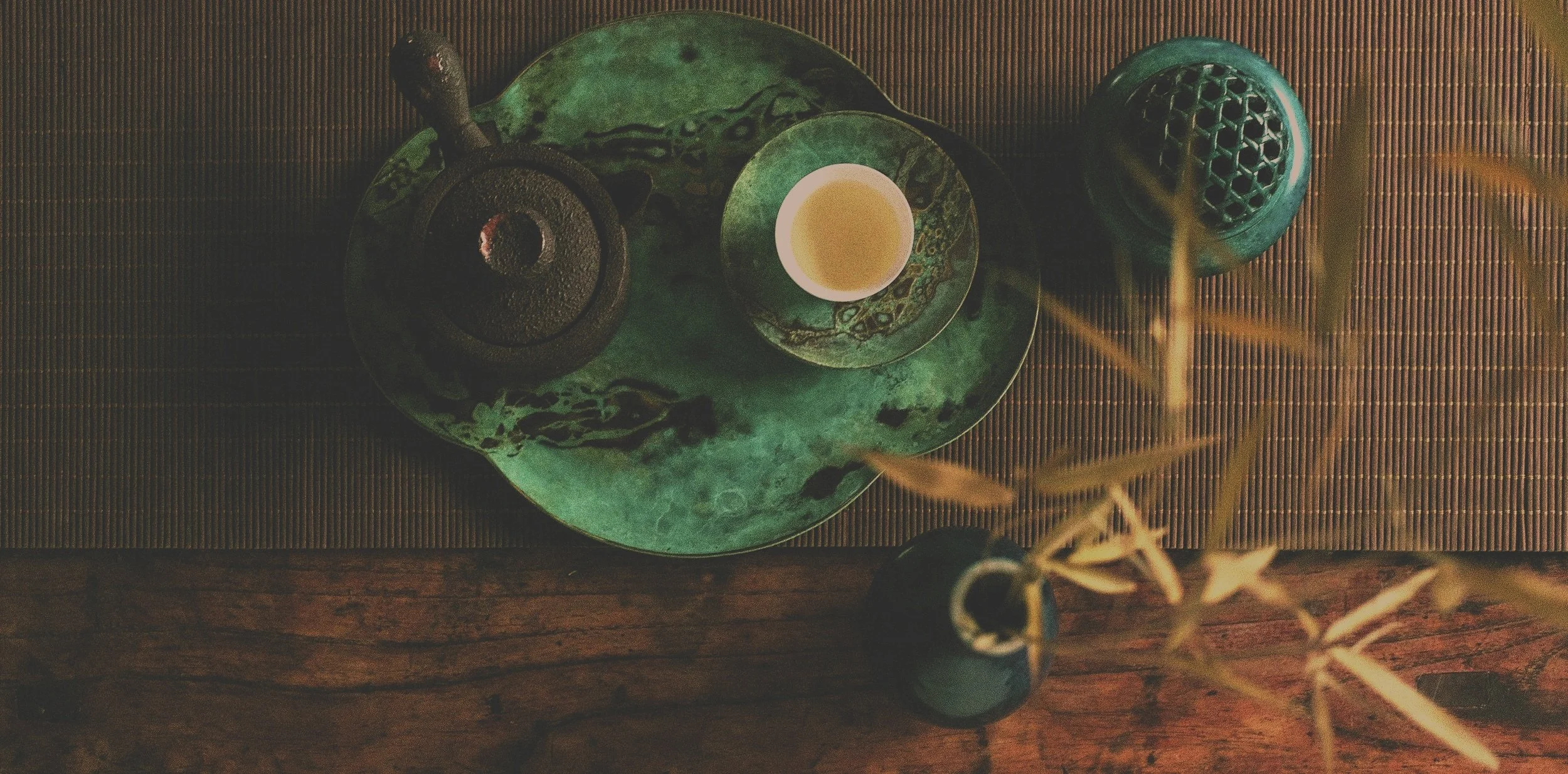TRADITIONAL CHINESE MEDICINE
TRADITIONAL CHINESE MEDICINE
A Holistic System of Balance and Flow
Traditional Chinese Medicine (TCM) is one of the world’s most enduring systems of healing—rooted in over 2,000 years of observation and practice. At its heart is the recognition that the human body is a microcosm of the universe, governed by the same cycles, elements, and rhythms that shape the natural world.
TCM sees health as a dynamic state of harmony—a balanced dance between yin and yang, and a steady flow of qi, the vital energy that animates life. When qi flows smoothly through the body’s meridians (energetic pathways), we experience vitality and resilience. When qi becomes blocked, stagnant, or depleted, illness and imbalance can take root.
-
Before “TCM” was formalized as a state-supported model, traditional medicine in China was diverse, regional, and oral—rooted in local land-based healing practices passed down through families, village midwives, Daoist monks, traveling herbalists, and ancestral shamans.
TCM draws from a mosaic of Indigenous Chinese cultures, including:
Han folk medicine
Daoist alchemical traditions
Ancient Wu shamans of the Yangtze River Valley
Tujia, Miao, and Yi tribal lineages
Buddhist and Confucian influences later braided into theory and ethics
These traditions were rooted in animism and relationship with the land, where illness was not just physical but spiritual, social, and environmental.
-
TCM is informed by:
Daoism (Taoism): The path of harmony with the Dao (Way), natural cycles, noninterference, and transformation through subtle attunement
Yin-Yang Theory: The dynamic balance of opposites within all things
Five Element Theory (Wu Xing): Wood, Fire, Earth, Metal, and Water as cyclical, relational forces shaping emotion, organ systems, seasons, and spiritual states
Qi Theory: Life force that flows through all beings and connects the inner world with the cosmos
Health is seen as the harmonious flow of Qi within the body, across meridians, and in relationship to Heaven and Earth.
-
The earliest foundational text, the Huangdi Neijing (Yellow Emperor’s Inner Canon, ~2nd century BCE), is a spiritual-medical dialogue between the Yellow Emperor and his ministers. It outlines diagnosis, lifestyle, acupuncture, seasonal living, and ethical practice. Other core texts include:
Shang Han Lun (Cold Damage Treatise) – herbal and febrile disease protocols
Ben Cao Gang Mu – Ming dynasty materia medica with over 1,800 plant and animal medicines
Folk almanacs, lunar calendars, and oral teachings—often overlooked but vital to the soul of TCM
-
Throughout dynastic China, folk healers—particularly women, midwives, and Daoist adepts—were marginalized by imperial courts. During the 20th century, particularly under Mao Zedong, TCM was standardized and institutionalized to make it more “scientific” and globally exportable. While this preserved access to some aspects of the medicine, it also displaced and erased many of its spiritual, intuitive, and community-based roots.
Much of what is called “TCM” today is a modernized, simplified, often decontextualized system—stripped of its cosmological, spiritual, and Indigenous frameworks.
-
To engage with TCM respectfully, especially outside of Chinese heritage, one must:
Honor that TCM is Indigenous to East Asia—not a menu of wellness trends
Study from teachers who center Taoist philosophy, traditional lineage, and lived cultural context
Acknowledge the impacts of Orientalism, colonization, and commodification in how TCM has been marketed globally
Give back by supporting Chinese, Taiwanese, and diaspora herbalists and educators, and resisting the erasure of East Asian healing wisdom from its spiritual origins
-
We honor the original peoples of the Yellow River Valley, Southern China, and tribal mountain regions who carried and cultivated this medicine across droughts, wars, famines, and dynasties. We give reverence to:
The village herbalists, acupuncturists, Daoist nuns, and grandmothers whose hands held this wisdom
The spirits of the mountains, rivers, and forest groves where this knowledge was first received
The modern teachers, healers, and cultural stewards who preserve TCM’s spiritual and ecological heart today
The Five Elements : A Map of Wholeness
-

Wood
liver & gallbladder, spring, growth, anger
-

Fire
heart & small intestine, summer, joy, expansion
-

Earth
spleen & stomach, late summer, grounding, worry
-

Metal
lungs & large intestine, autumn, letting go, grief
-

Water
kidneys & bladder, winter, deep rest, fear
The theory of the five elements (wu xing)—wood, fire, earth, metal, and water—guides diagnosis and treatment in TCM. Each element corresponds to organ systems, emotions, and seasonal rhythms (as seen above).
These elements are not static—they are dynamic forces that cycle within us. In TCM, symptoms are seen not in isolation, but as reflections of the elemental relationships—offering a map for restoring balance.
Meridians and the Flow of Qi
The meridians are channels through which qi, blood, and fluids circulate—like rivers that nourish the land. Each meridian links to an organ system and carries both physical and emotional resonance.
Blocked meridians can manifest as pain, tightness, or emotional stagnation.
Harmonizing meridians through treatment allows the whole system to return to its natural flow.
Key Takeaway :
Chinese Medicine teaches that the body is a landscape—one that must be tended with care, respect, and an awareness of its seasons. By working with the elements, meridians, and subtle energies of the body, we can gently dissolve stagnation, transform dampness, and restore vitality—honoring the profound interplay of mind, body, and spirit in every step of healing.
Moxibustion and Acupuncture
Acupuncture is the practice of inserting fine needles at precise points along the meridians. It works by unblocking stuck energy, regulating organ function, and encouraging the body’s natural healing response.
Moxibustion (moxa) involves burning dried mugwort (Artemisia vulgaris) near or on acupuncture points—warming and invigorating the flow of qi, especially in conditions of cold or deficiency.
These therapies are not simply mechanical—they are rituals of attunement, helping the body remember its own capacity for self-repair.
Chronic Illness and the Concept of Damp
In TCM, chronic illness is often understood as the result of long-term imbalances—patterns of disharmony that become lodged in the body’s tissues and meridians. One common pattern is dampness—a sluggish, heavy energy that can manifest as fatigue, digestive issues, or lingering infections.
Dampness is thought to arise from both dietary factors (excess cold, sweet, or greasy foods) and emotional stagnation. It slows the movement of qi and blood, creating a fertile ground for inflammation and chronic pain. Treatment focuses on transforming and expelling damp, warming the digestive fire (spleen qi), and re-establishing healthy flow.

-
“Owner, Erin Masako Wilkins, is an Asian American herbalist, Japanese acupuncturist, and the author of Asian American Herbalism: Traditional and Modern Healing Practices for Everyday Wellness.
She teaches virtual and in-person workshops, and is faculty at the California School of Herbal Studies and Land of Verse.”
Visit Herb Folk Here
-
Muse’s consultations offer deep insight on illness and wellness from a TCM perspective.
-
“Heng Ou grew up surrounded by the wisdom of Chinese medicine, passed down through generations of her family. Though she was always connected to the healing arts, her deep interest in postpartum care truly blossomed after experiencing the traditional practice of Zuo Yuezi following her own births.”





